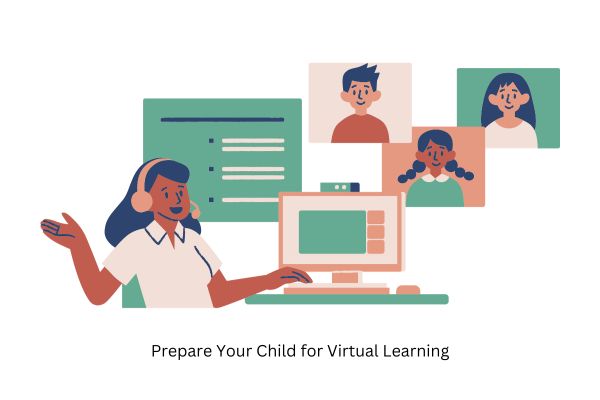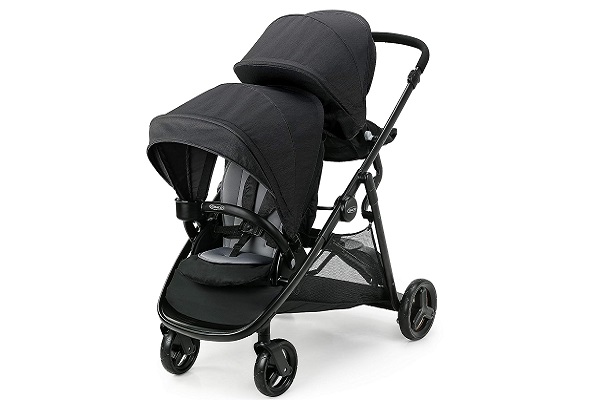Parenting is a rollercoaster of emotions, challenges, and triumphs. One of the most common hurdles parents face is disciplining their children. While the ideal scenario is a perfectly behaved child, the reality is often far from it. Explore here 12 effective discipline techniques that can help you guide your child’s behavior positively and build a strong parent-child bond.
Understanding Child Development
Before diving into discipline techniques, it’s essential to understand child development. Children at different ages have varying cognitive and emotional capacities. What works for a toddler might not be effective for a teenager.
- Toddlers: Focus on simple, clear instructions and consistent routines.
- Preschoolers: Use positive reinforcement and gentle redirection.
- School-age children: Explain consequences, set limits, and encourage problem-solving.
- Teenagers: Establish open communication, set boundaries, and offer support.
Effective Discipline Techniques
- Positive Reinforcement: Reward good behavior with praise, hugs, or small treats. This encourages the repetition of positive actions.
- Time-Outs: A brief period of isolation can help a child calm down and reflect on their behavior.
- Natural Consequences: Let children experience the natural consequences of their actions. For example, if they don’t clean up their toys, they might not be able to find them later.
- Logical Consequences: Implement consequences that are directly related to the misbehavior. For instance, if a child doesn’t finish their homework, they might lose screen time.
- Loss of Privileges: Temporarily take away privileges, such as toys or activities, as a consequence of misbehavior.
- Redirection: Gently redirect a child’s attention to a more appropriate activity.
- Active Listening: Pay full attention to your child, validate their feelings, and respond empathetically.
- Setting Clear Expectations: Clearly communicate rules and expectations to your child.
- Consistent Consequences: Ensure that consequences are consistently applied to reinforce learning.
- Avoid Power Struggles: Choose your battles wisely and avoid escalating conflicts.
- Model Good Behavior: Children learn by observing, so be a positive role model.
- Seek Professional Help: If you’re struggling with discipline or your child’s behavior, consider seeking guidance from a child psychologist or therapist.
Conclusion
Discipline is not about punishment; it’s about teaching. By understanding your child’s needs, setting clear boundaries, and using positive reinforcement, you can guide your child’s behavior effectively. Remember, patience, consistency, and love are key ingredients in successful parenting.
Additional Tips
- Stay Calm: When your child misbehaves, take a deep breath and stay calm.
- Avoid Yelling: Yelling can escalate a situation and damage your child’s self-esteem.
- Use “I” Statements: Express your feelings without blaming or shaming your child.
- Focus on the Behavior, Not the Child: Address the specific behavior, not your child’s personality.
- Celebrate Successes: Acknowledge your child’s positive behavior and efforts.
By incorporating these techniques into your parenting approach, you can create a harmonious and loving environment for your child to thrive.





